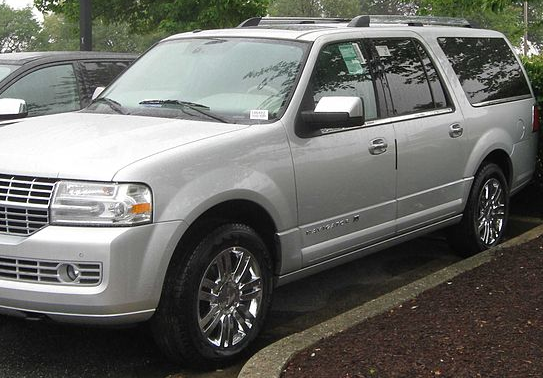OPINION: Rx for Traffic Pollution: Cleaner gasoline and vehicles STAT

As pulmonary physicians, we see patients every day who struggle to breathe. Those experiences lead us to not only treat, but to advocate for our patients with lung disease. We also speak up for the millions of infants, children, teenagers and seniors who face threats from the air they breathe.
That’s why we are so concerned about the health problems caused by air pollution — and why the organizations we represent, the American Lung Association and the American Thoracic Society, believe the U.S. Environmental Protection Agency (EPA) must move forward as quickly as possible with new standards to clean up smog-causing gasoline and motor vehicles.
Ground level ozone, or smog, that blankets much of the United States during the summer, is a powerful respiratory irritant. When inhaled, ozone damages the lung tissue much like the summer sun burns unprotected skin. Ozone air pollution poses health risks for all who are exposed, including infants, children teenagers, adults and seniors, and it is particularly harmful to the nearly 26 million living with asthma, nearly 13 million with COPD and the millions with other lung diseases. Just as importantly, even healthy adults who work or play outdoors are at risk.